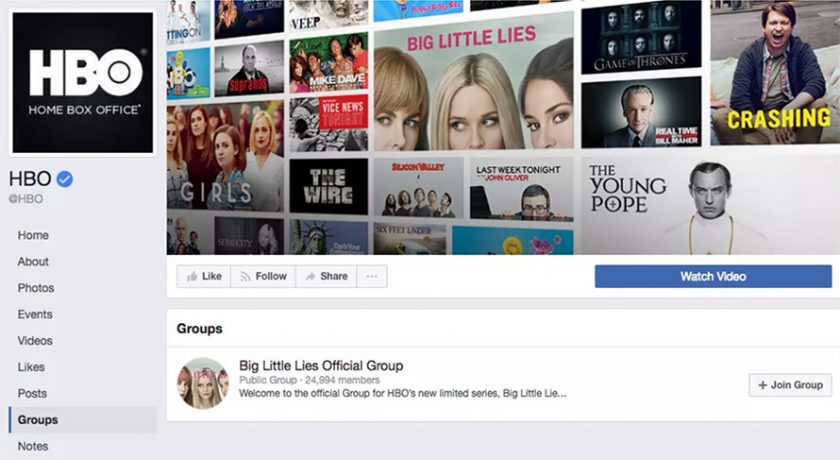
Facebook’s rollout of groups for pages in July heralded a return to the concept of community and gave brands another method to engage audiences, in a more controlled environment. If brands follow the fundamental rules of community management—being original, transparent, and adding value to the convo—then Facebook groups for pages will quickly become a critical part of many brands’ social media strategies. While Facebooks groups have always been around, prior to this launch, brands themselves have never been able to set them up using their pages. Now pages can link to groups, encouraging follower discussion and, in some cases, fostering superfans and even customer care.
To successfully utilize on groups for pages, managers need to have resources in place in two critical areas: moderation and content. First, you’ll want to address follower moderation. All brands strive to be transparent and must accept that negative comments and opinions are unavoidable. However, there must be a balance between constructive criticism and content seen as bullying, abusive, offensive, threatening or illegal toward the brand or the members.
Currently, if you are an admin of a Facebook group, you can approve posts before they appear. Because that can be very time-consuming, often a full-time community manager would need to be assigned to manage the content. However, similar to LinkedIn, Facebook groups provide two levels of moderation: allowing either everyone to post (any member, moderator or administrator) or only the current administrator. If you are managing a LinkedIn group, you can pre-moderate individual posts or use the classifier queue to handle any flagged content. Going forward, we would hope that Facebook will provide additional tools for administrators to control inappropriate/offensive content so that the essence of the group is not ruined. Currently, the only way to stop abusive content is to delete the individual post or ban the member from the group altogether.
The second piece to address when running a Facebook group for a brand is ensuring that you have quality content. As it builds members and excitement, your group will eventually have plenty of topics and issues to discuss. However, at the very beginning of any group for pages, it’s entirely up to the brand itself to drive the conversations. Starting a group from scratch is time-consuming, and without the right content, the group activity will suffer.
Obviously, these conversations should never be pushing product or sales-oriented. No one wants to join a group and be spammed with offers/sales pitches. You may want to have a dedicated content producer to initiate conversations around topics relevant to the group. Members not only need a reason to come; they need a reason to stay. You may also consider publishing exclusive content when possible for your members. People want to feel like they are getting something of value if they are getting involved with the group.
By introducing groups for pages, Facebook is segmenting how customers interact with particular brands. Pages will now be for pushing key marketing messages and product information, as well as an outlet for customer support. Groups is a dedicated space for more in-depth, meaningful conversations and relationships between a brand and its fans and for fan expression.
Groups for pages won’t appeal to all brands, however. Keep in mind that the premise of a good community is to have a common goal or passion that like-minded people want to talk about. If your group is run in a professional and transparent manner, it can be a tremendous avenue for two-way communication with your audience and offer a snapshot into how they feel about your brand.
We hope the next step from Facebook will be robust analytics and additional functionality allowing one-to-one conversations within the group—perhaps even the ability to send one email to all members, as you can with other social platforms. But overall, for brand marketers, groups for pages is a great start from the social network giant.